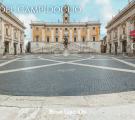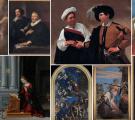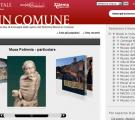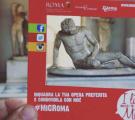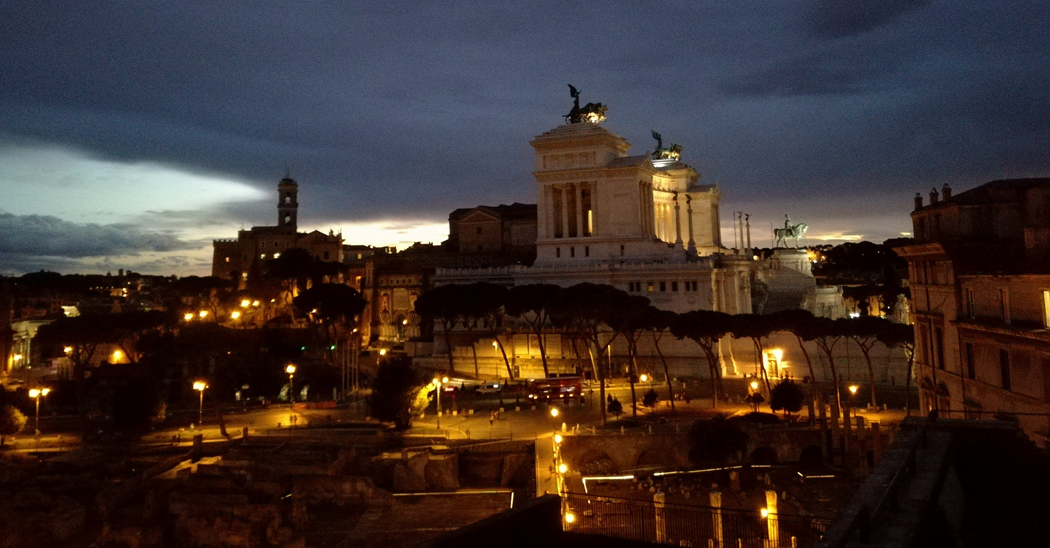1054
The vast number of exhibits here takes visitors on a journey through the Napoleonic age and the opportunity to get to know various members of the Bonaparte family and their role in history, in a setting, the Palazzo Primoli, where the characteristic atmosphere of a historic aristocratic home remains intact.
In 1927 Giuseppe Primoli, the son of Count Pietro Primoli and Princess Carlotta Bonaparte, gave to the city of Rome his collection of works of art, Napoleonic memorabilia and family heirlooms, together with the rooms of the ground floor of his palace, in which the collection is still displayed. His wish was not so much to display the imperial grandeur of the Bonaparte family as to recount their private history and celebrate the close relationship between the Bonapartes and the city of Rome.
The collection covers three distinct historical moments:
- the actual Napoleonic period, represented by huge canvases and busts by the major artists of the time, portraying several members of the imperial family in stately, conventional poses;
- the so-called "Roman" period, from the fall of Napoleon to the rise of Napoleon III;
- the period of the second empire, represented by paintings, sculptures, engravings, furniture and objects d'art, all from that period of French history in which Napoleon III was in the ascendant.
The museum has recently been restored, but the current layout broadly reflects the instructions left by Giuseppe Primoli. Some of the rooms still have the original eighteenth century ceilings with their painted beams, whilst the friezes which run along the walls of rooms 8, 9 and 10 date back to the first decades of the nineteenth century, by which time the palace was already owned by the Primoli family. The decoration of the rooms 3 and 5, showing the Rampant Lion, symbol of the Primoli family and the Eagle, symbol of the Bonapartes, must be subsequent to Pietro Primoli's marriage to Carlotta Bonaparte, in 1848.



























